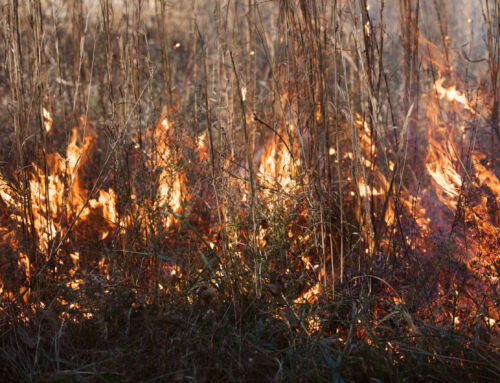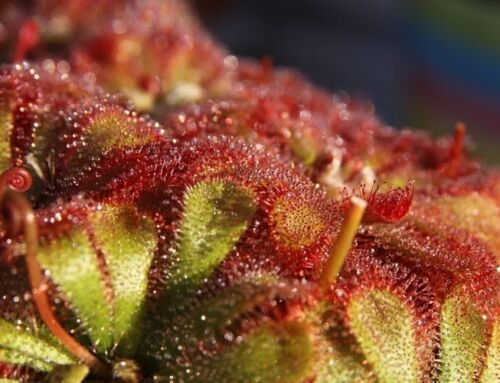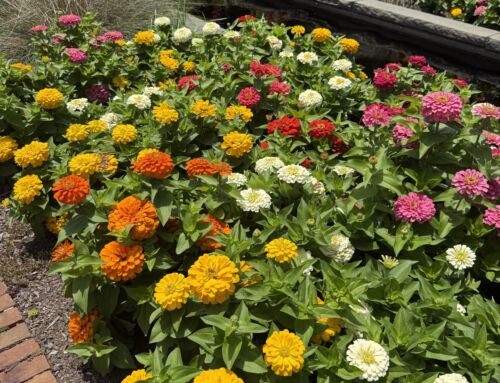By Morgan Jepson, Marketing + Communications Intern
At Daniel Stowe Conservancy, conservation isn’t just what we do— it’s who we are.
Welcome to the Leave It Better blog series, rooted in a simple yet powerful idea: our relationship with nature can be reciprocal. Through stories from our staff, our land and our community, we will explore how lifelong stewardship can begin right here, right now. Change is the result of continual steps rippling outward.
Before we dive in, let’s agree on one important ground rule. Rather than focusing on the dark and overwhelming scope of ecological crisis, I invite you to look through a hopeful lens with me. What can we do? What’s already working? What small actions work together to make a big difference? Let’s transform pessimism into optimism.
Robin Wall Kimmerer, in her beloved book Braiding Sweetgrass, reflects:
“Nearly every one of the two hundred students in my General Ecology class said confidently that humans and nature are a bad mix… I realized that they could not imagine what beneficial relations between their species and others might look like”. She then poses a poignant question, “How can we begin to move toward ecological and cultural sustainability if we cannot even imagine what the path feels like?”
We can and must imagine a better way! Here at Stowe, we’re doing just that; helping you find your path to nature. And we’re starting from the ground up, with native plants.
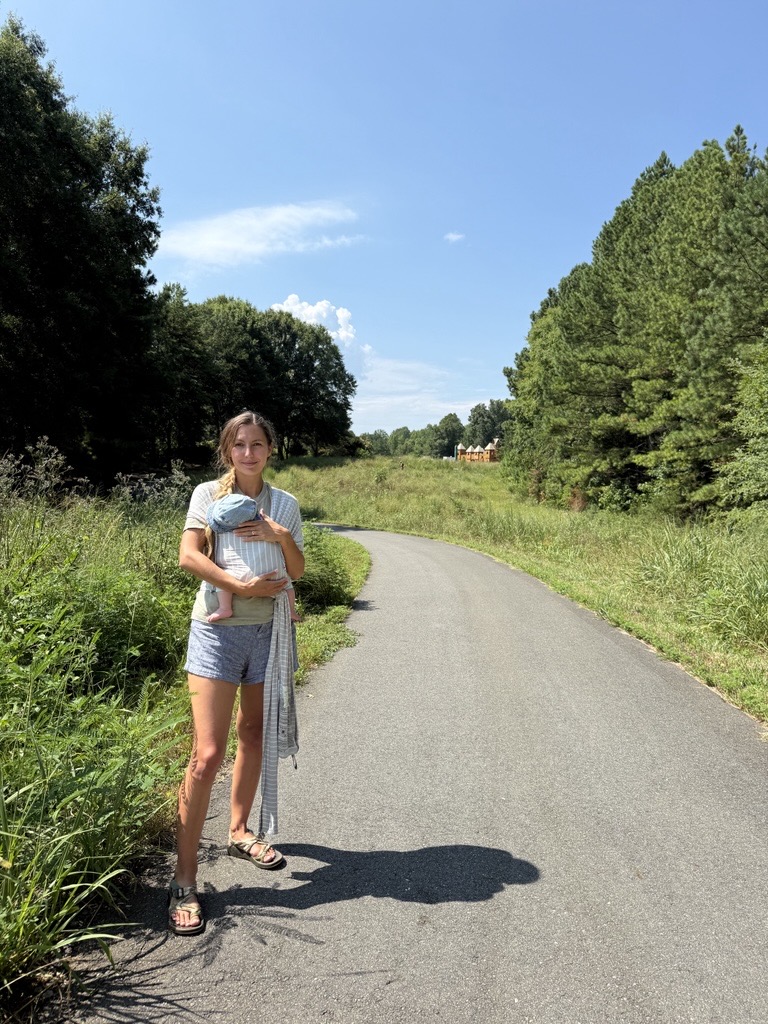
Cassy Hallman (and the newest member of the Stowe family, Baby Ross!)

Janet Manuel
Few people are more passionate about native plants than Cassy Hallman, Conservation Ecologist and Janet Manuel, Ecological Stewardship Manager. Their partnership leads the way for many of the Conservancy’s most meaningful conservation efforts! Especially the restoration of our Piedmont Prairie. Their backgrounds are as diverse and dynamic as the prairie itself.
Cassy earned her undergraduate degrees in Biology and Environmental Science at UNC Chapel Hill, where her conservation journey began with an internship at the North Carolina Botanical Garden. She later earned her master’s in Conservation Biology from Lund University in Sweden, where she studied rare species and land-use change. Over her career, she has worked in academic research, consulting, government and nonprofit conservation—including seed collection with the Native Plant Trust in Boston and grassland work across Europe.
However, along the way, Cassy realized her passion does not stop with plants! It extends to interaction with the public.
“I used to be more focused on rare plant taxonomy. But I realized I want to be where people are…to create and support systems where humans can get involved and make change.”
Janet began her career in environmental engineering, specializing in soil and groundwater remediation before shifting toward ecological restoration and stormwater management after earning a BS in Environmental Management Systems from Louisiana State University and an MS in Civil and Environmental Engineering. After Stowe secured a crucial North Carolina land and water fund planning grant, Janet joined the team! Focused on reconnecting natural systems, she oversees all natural areas across our 380-acre property and brings a systems-level perspective to every project, ensuring resiliency. Her love of this role is obvious: she’d take boots on the ground over a desk chair any day.
“This place is special,” she says. “I get to work outdoors. I get to connect with the community. I get to do the kind of conservation work I always hoped I’d be a part of.”
Whether they’re leading a volunteer workday, taking notes and weeding out in the prairie or helping a visitor pick out their first native plant— they are constantly looking for ways to invite you in. They strive to foster a relationship between people and place that lasts long after each guest leaves the garden. “Science is only as impactful as the way we talk about and share it,” Cassy says. “We see every project as a teaching opportunity,” Janet emphasizes.
When Janet first gave me a tour of the Piedmont Prairie, I immediately began to view the world around me with a transformed perspective. It’s an expansive, whimsical landscape of native grasses and flowers that stretches from the base of Canal Garden to the newly constructed Prairie Castle Playground (opening soon)!
Daniel Stowe himself conceived of a plan for this land which centrally highlighted the necessity of a glorious prairie. Native grassland was preserved near Meadowood Walk where many natural prairie species occur still. The Piedmont Prairie Display gardens were originally planted with support from Duke Energy and other donors and were intended to showcase native perennials. But by 2023, it had become overrun with non-native species and most of its plantings had failed to establish long-term; due in part to a lapse of care during the pandemic.
Now, his vision is finally being revived. When Cassy relocated to the area, she says the prairie “fell into her lap.” It was a match made in heaven! She took on its full restoration, which will reach forward into years to come. “It’s a process! Eighty percent of what you see now was planted in the last two years,” she explains. “We’re trying to represent as many Piedmont native species as possible while showing people that these plants are beautiful, functional and important.”
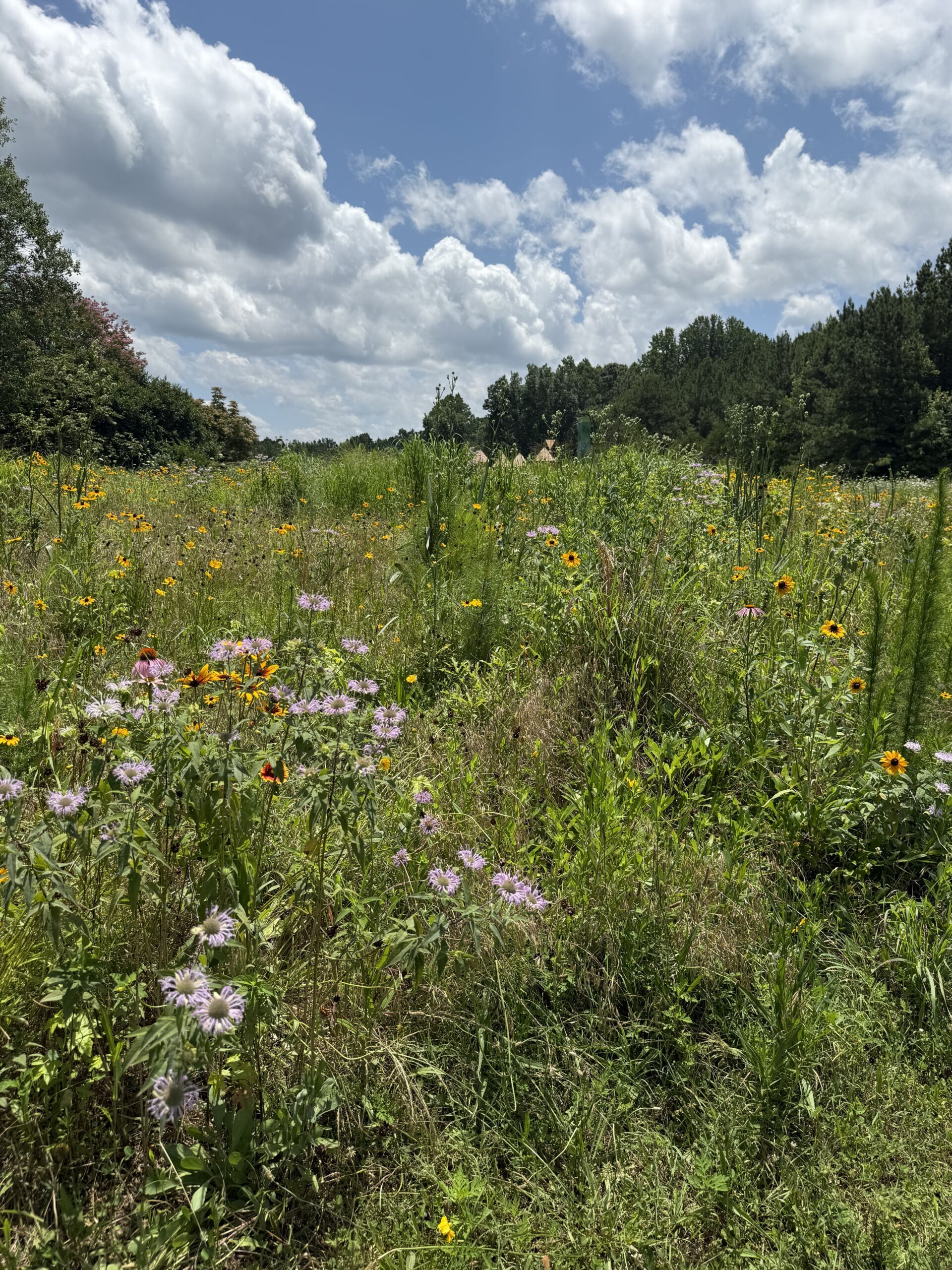
Piedmont Prairie in Bloom
I learned that hands-on work with the Piedmont Prairie requires a strong understanding of original grassland dynamics. While they are low maintenance in regard to minimal water and fertilizer use, they are high-maintenance in terms of restoration. “These grasslands used to be everywhere," Cassy says. “Now, they’re extremely rare all over the globe and many people don’t even realize they ever existed.” Especially here in the United States, grasslands once formed the tapestry of our landscape.
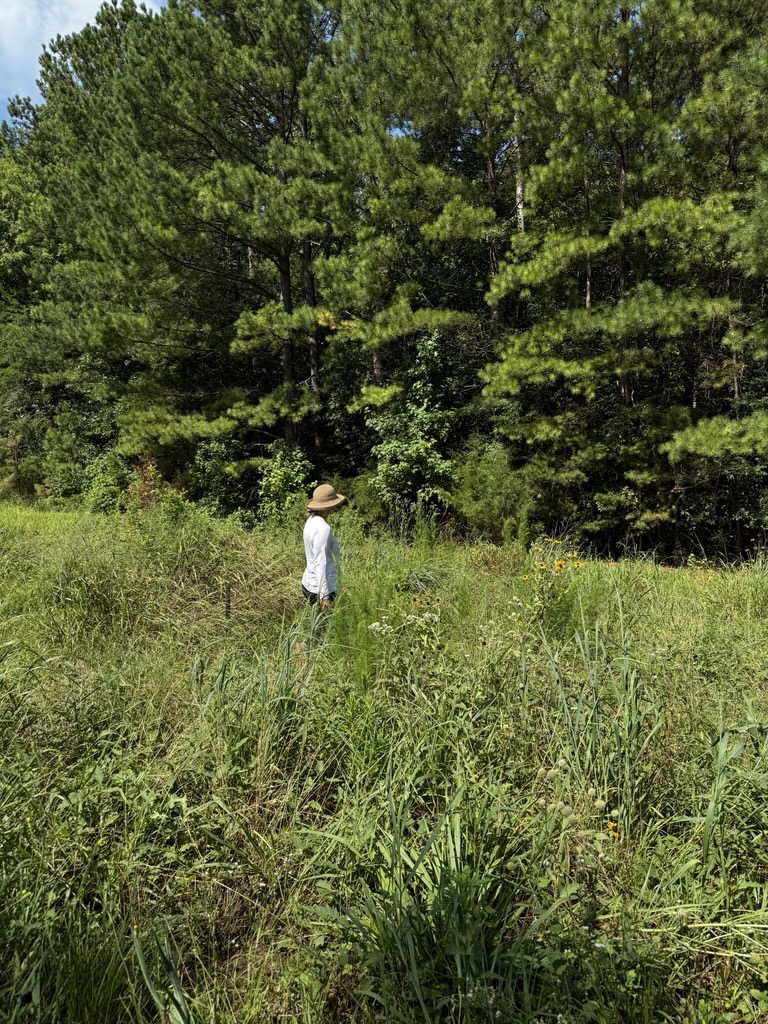
Janet working on the Prairie
These habitats once thrived through natural disturbance, with wildfire from frequent lightning strikes and bison grazing keeping them open, healthy and diverse. “We have to step in," Cassy clarifies. “If we don’t mow, clear or burn—trees grow, the canopy closes and our native species begin to die out, along with the wildlife that depends upon the resources they provide."
This restoration is a stunning example of a symbiotic relationship. “The Prairie will not survive without people,” Janet notes. In the absence of these natural processes, humans must now take on that role: consciously and collaboratively.
Their ecological work doesn’t stop at the prairie. Behind the Piedmont Prairie, a space called Meadowood transformed from an open grassland to a wall of trees in less than a decade. “There wasn’t a single ray of sunshine coming through,” Cassy recalls. “You couldn’t take three steps without walking into a tree.” She attests that trees are obviously wonderful to have around! But we don't want them overtaking areas where rare native plants are striving to bloom. Grassland beauties + competition for space + limited sunlight = game over.
After selective tree clearing and a new management approach, Meadowood is slowly transforming back into a sunny, open habitat! A place where biodiversity can bloom once again. Even the mowing schedule, once focused solely on aesthetics or events, has been reconstructed to better support ecology. “We still mow Piedmont Prairie for Christmas lights of course,” Cassy smiles, “but in ways that help the habitat instead of hurting it.”
It’s quite the compelling irony; a habitat that used to flourish without human interference now depends upon it. Stowe now holds permits for prescribed burns to mimic those processes in containment, although recent burn bans and storms have delayed implementation. Still, the team remains hopeful and committed to continuing reintroduction of ecological balance to this area.
When you visit us next, be sure to walk through the golden expanse of the Piedmont Prairie! There are signs available with photos for you to look at, helping you to identify native plants and remember their names.
Now to address the elephant in the room: why work so hard to restore these areas, rather than simply allow modern natural processes to take their course? These grasslands are among the most biodiverse of habitats, a bolstering treasure trove of life that is worth saving!
The native plants that grow in a prairie environment are not only easy on the eyes. They are essential, serving as the base of food webs that support all the native wildlife we love: pollinators, songbirds, butterflies, mammals, amphibians, all the way down to microbes in the soil.
“Without grasslands and the plants that grow there, we will lose that beloved wildlife," Cassy educates. Native plants have evolved alongside native animals. They offer exactly the right nectar, nesting materials, seed types and shelter that wildlife needs to survive.
As we walked through the Piedmont Prairie together, we spotted a Goldfinch flitting among the native plants. “You really won’t see those unless you have these tall, grassy areas,” Cassy points out. “I planted a small meadow garden in my own side yard and it’s the first year where the flowers are blooming—I already have Goldfinch visitors! They’re so willing to be there…who doesn’t want to see a bright yellow bird flying through their yard?”
If you’re already making plans to visit your local nursery to attract a Goldfinch (me, too!), you’ll want to plan thoughtfully. Unfortunately, many of the plants most nurseries sell are not native to our region. Exotic ornamentals may look appealing but offer little to no usable food or habitat to native insects or birds.
So…where should you look for native plants?
Right under your nose! Over the past year, Cassy has been collecting seeds across Daniel Stowe Conservancy’s property and surrounding region. If we could have a birds-eye-view of Cassy’s quest, we would see her walking trails, scanning roadside edges and partnering with local nonprofits to rescue botanical matter from sites slated for demolition or development. But she’s not just gathering random seeds; she’s been collecting specific, genetic material uniquely adapted to thrive here.
From what I’ve seen and heard, it’s been a total grassroots effort from conception to integration— powered by immense care, determination and Cassy’s Kia Soul.
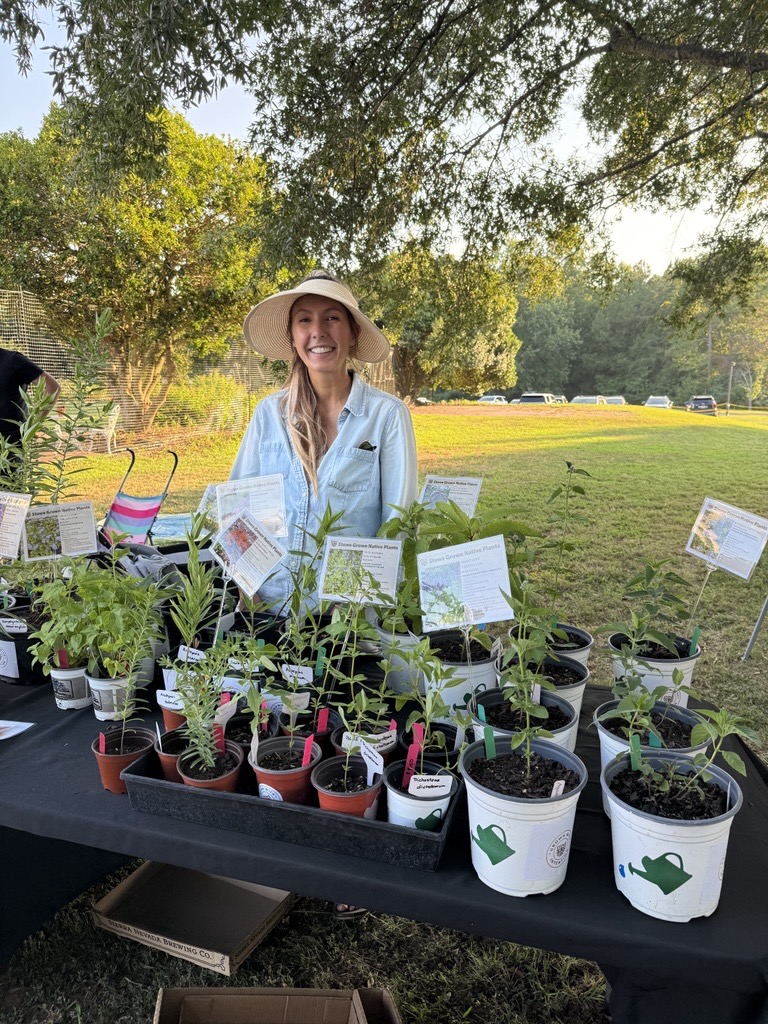
Cassy with her native plants
“They’ve done genetic studies on this,” Cassy explains. “If you want to do serious restoration work, it’s been shown time and time again that as locally as you source your seeds, the more successful the project is.“
And yet, in the Southeast, finding truly local seed is incredibly difficult. Cassy clarifies, “It’s becoming really hard to get a hold of material that’s native from the Southeast in general, let alone Charlotte or North Carolina. Most of it is shipped in from the Midwest, West Coast or Northeast, literally hundreds and even thousands of miles away! We’re missing that kind of work down here.”
That’s exactly why she and Janet are currently spearheading a Stowe seed bank! A regionally relevant archive to collect, catalog and store native seed sourced directly from the Piedmont. It’s a long-term vision with enormous potential: not only to support our own restoration efforts, but to provide vital plant material for our partners like Catawba Lands Conservancy and Mecklenburg County Parks.
“In collaboration with the North Carolina Botanical Garden and others,” Cassy says, “we’re trying to build a living archive of local biodiversity. We’re a botanical garden, after all. This is something we want to be able to offer.”
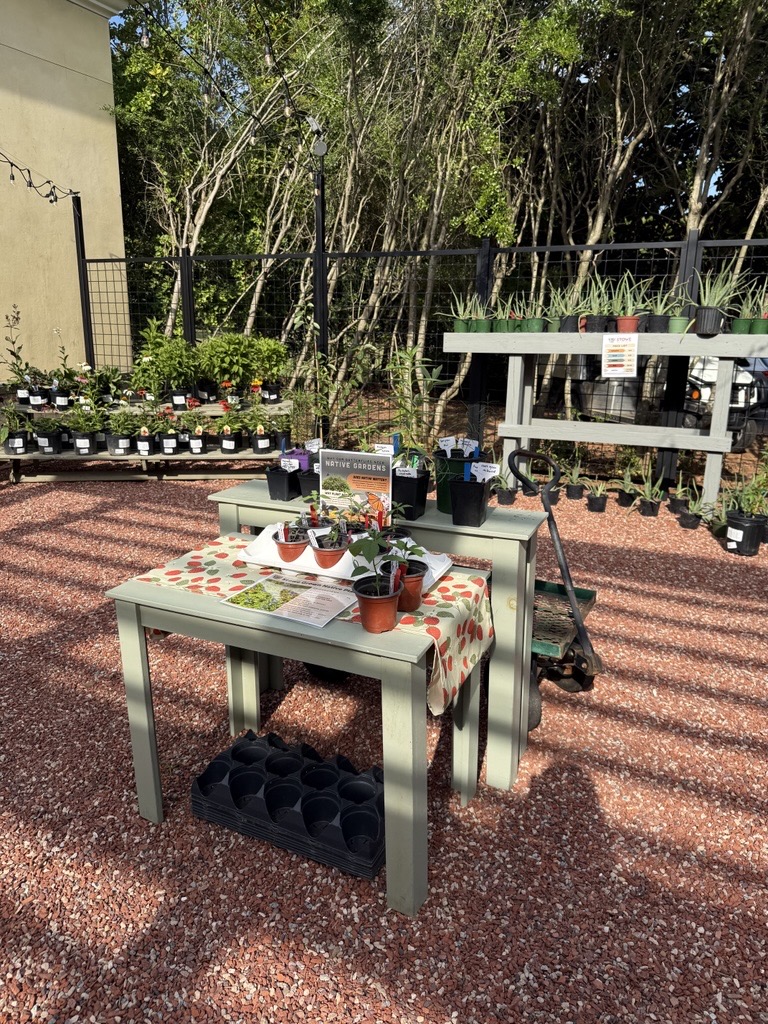
Native plants for sale at Big Leaf Café
And although the seed bank will take years to cultivate, you can already take home a piece for your own garden!
You heard that right. Those very seeds Cassy collected and harvested by hand across our region have grown up right here at Stowe. When I first saw their operation at the start of this summer, I couldn’t help but smile at the sight of seedlings with so much potential. They’ve been propagated on-site in reused nursery trays, sheltered beneath a homemade hoop house constructed from salvaged netting once used in the Butterfly Bungalow.
Now, those little botanical babies are grown and ready to fly the coop! These aren’t generic “natives” (beware of marketing scams)! Cassy has ensured that these are Piedmont-native plants for Piedmont gardens—true to this soil, this light and this climate. A few of the plants we currently offer include: Swamp Milkweed, Joe-Pye weed, Rattlesnake Master, Blazing Star, Swamp Sunflower, Wild Bergamot and many, many more.
You can find them for sale at the Farmhouse Garden Center and the Big Leaf Café courtyard; our staff is happy to help you select varieties that will work with your space and preferences. Your purchases help support conservation projects at Stowe.
If more frequent visitations from butterflies and eye-catching birds aren’t enough to convince you, native plants are also infinitely more sustainable. Because they are already adapted to our local environment, they require less water, no synthetic fertilizers and little to no pesticide use. Once established, they practically care for themselves; making them better for the ecosystem and for the gardener.
By planting native, you can support biodiversity and reduce your environmental footprint, all while creating a beautiful, balanced landscape that works with nature—not against it.
Long story short: sustainability is achievable!
This dynamic duo is passionate about making native planting feel within reach for our visitors.
“Native plant gardening is accessible to anyone," Cassy says.
“Every yard can be part of the solution.” Janet echoes, “It doesn’t matter how much space you have. It can be a planter on your patio. It can be an existing flower bed. Or you can convert a patch of grass in the back corner of your yard into a little pocket prairie.”
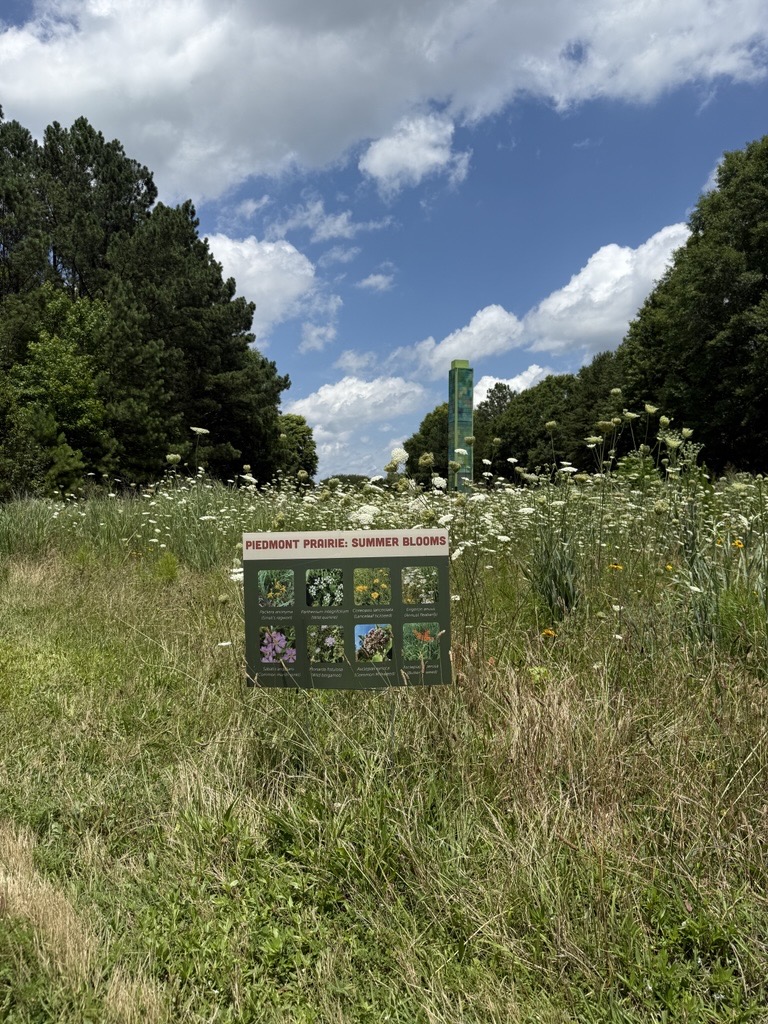
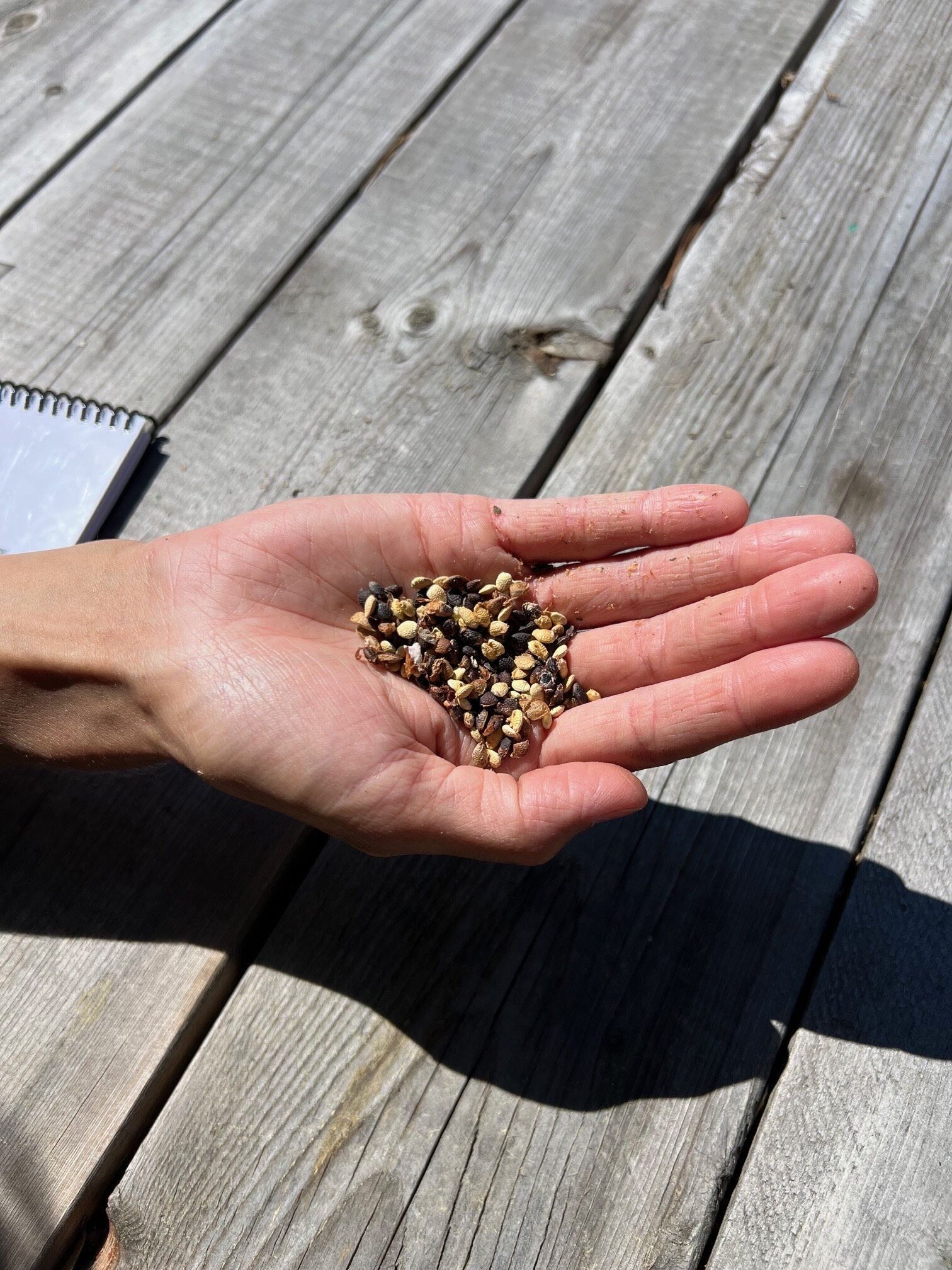
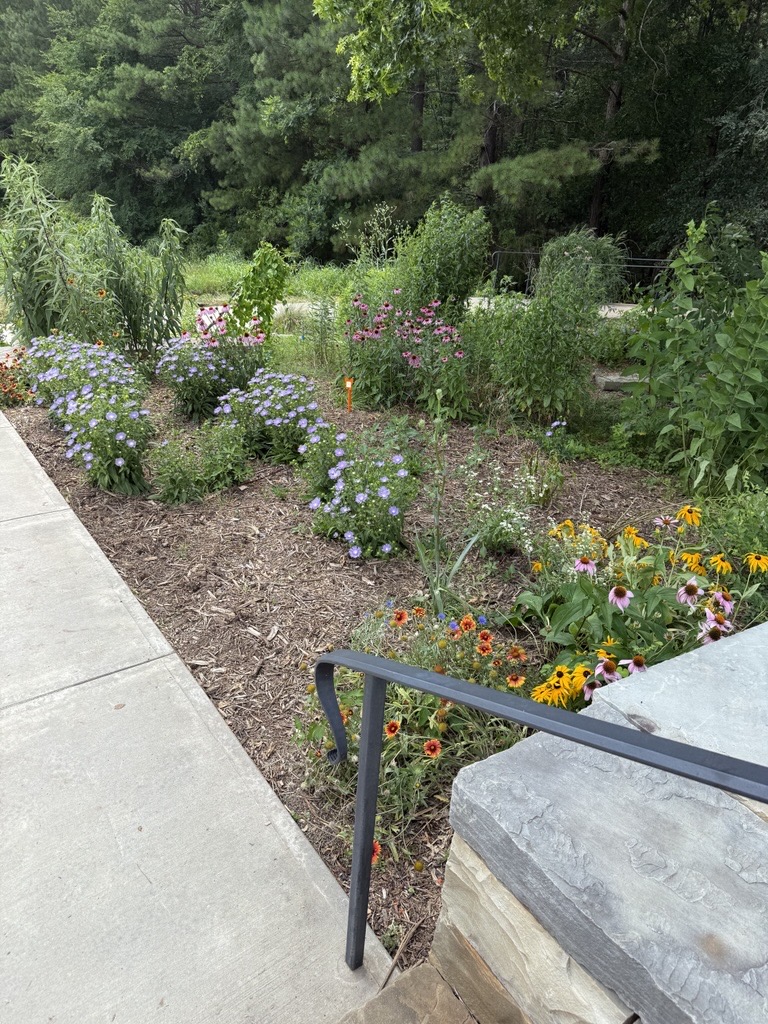
That message, that sustainability doesn’t have to be overwhelming, is central to Stowe’s mission.
“So many people feel like it’s something so much bigger than them…that they could never make a difference,” Janet recognizes. “Don’t pressure yourself to be perfect; simplify by doing what you can.” Akin to those native plant seedlings, it will just take time and commitment to grow in our efforts. The sky is the limit!
Several times throughout our conversation, she brings up the integral element of consistency: “That’s the real secret to what we’re doing here at Stowe! We’re not perfect either...we just try to make improvements every single day.”
By choosing even a single plant for your garden—like Cassy’s favorite, Rattlesnake Master, or Janet’s, Bee Balm (Monarda punctata)— you can play a role in restoring ecological relationships. You can support vital pollinators, seed-eating birds and native insect life. We want you to shift your understanding of how sustainability relates to you: every patch of soil is an opportunity to leave something better than you found it.
Daniel Stowe Conservancy is not only an enjoyable place to spend a fun weekend or attend a wedding. This land is an oasis to step into on a consistent basis, a safe place to learn and establish a fulfilling relationship with nature.
As Daniel Stowe Conservancy CEO John Searby puts it perfectly: “Prairies are the future of Stowe.”
We believe they’re part of your future, too.
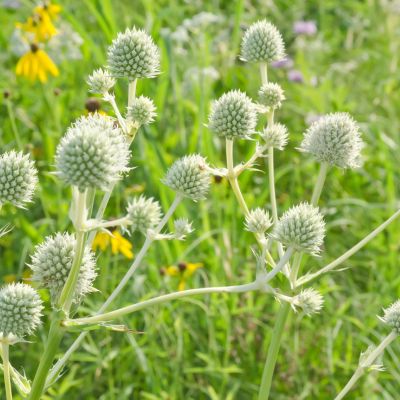
Rattlesnake Master

Bee Balm
Stewardship is visible here. “This isn’t a museum garden where you aren't allowed to touch anything,” Cassy says.
“We want people to walk through, explore and leave inspired to plant something themselves," Janet adds. “It’s about helping people understand that conservation is something they can be a part of; as active participants rather than solely spectators."
If you still aren’t sure where to start, that’s okay—this is exactly why becoming a member matters!
Daniel Stowe Conservancy is a public-facing nonprofit. We exist for you and for this community to explore and connect with the natural world! Your membership directly supports all of the many layers of intentional conservation work. This is a straightforward way to get your hands in the soil to plant seeds of change, investing in the security of green spaces for generations to come.
You don’t need to be an expert to take part. You just need to take the first step.
Bite-sized suggestions:
• Purchase a native plant from the Farmhouse Garden Center or Big Leaf Café
• Plant your own “Pocket Prairie” using Piedmont native species
• Join a volunteer workday to support restoration efforts
• Become a member of Daniel Stowe Conservancy + visit regularly
• Share this post with a friend, neighbor or family member
Returning to Kimmerer’s question, “How do we move toward ecological and cultural sustainability?” In essence…”How can we leave the earth better than we found it?”
After listening to the Braiding Sweetgrass audiobook while weeding out in the prairie, Janet offers us an answer. “By remembering we’re not separate from nature; we are part of it.”

Daniel Stowe Conservancy extends this invitation to all: Find your path to nature.
We look forward to seeing you for the next edition of “Leave it Better”.
Until then, I've provided some clickable links below to help you get started!

